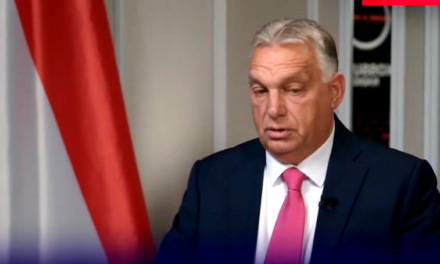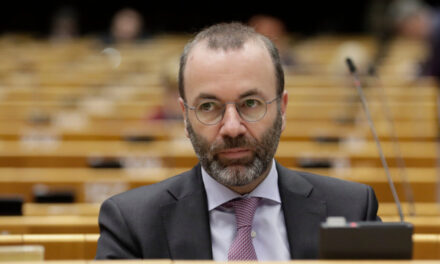Gergely Karácsony "unearthed" a not-so-old video in which one of Hungary's leading transport politicians, Dávid Vitézy, who was considered to be close to the government (in fact, recently a member of the government), explains that he also believes in what they want to hear at the City Hall, namely that the Chain Bridge is car-free can remain even after the renovation.
Now let's put aside the human and political gesture, which is really not negligible, that the city administration would go back on its own promises, on the contract they signed, by introducing the car exemption.
However, the relevant part of the contract states: "The Capital City Municipality will renovate the Chain Bridge, which is the most important element of the transport axis that provides the primary connection between South Buda and downtown Pest and is used by pedestrians and cyclists, public transport and motor traffic alike, for the shortest possible time." closure and implement it with the fastest technically possible schedule, and also maintains the necessity that the total or partial restriction of vehicle traffic on the road section affected by the renovation does not exceed the duration of 18 months."
Much more important is what Dávid Vitézy refers to in the "unearthed" video, that
you can talk about making the Lánchíd car-free if, during this time, you have been convinced of the impact it has on the city's road traffic.
Of course, the mayor says to this, there is no verdict yet, there is no need to worry in advance, because "the final traffic order of the Lánchíd will be decided in the first half of 2023 by asking the opinion of the people of Budapest". But this subsequent referendum - it is true, the form is not known either - cannot replace the omissions that the Karácsony have committed until now.
Cyclists, for example, can be happy that they can no longer cycle between pedestrians, especially not on the sidewalk, but between taxi drivers and buses on the newly asphalted bridge. But what does the driver see, who sits behind the wheel day after day for more than just pleasure, whizzing in the middle of the city center to get from point A to point B? That the roadway has been completed, the conceptual lanes have been painted, but you still cannot drive onto it; on the other hand, there is uncertainty, there will be a vote at some point, probably in the next six months, but whether there will be a Chain Bridge for him, they can only say at the Town Hall. Or not even there. It's true, no one has spoken to them yet.
Everything is decided over the heads of the people of Budapest.
Balázs Fürjes , the Parliamentary State Secretary of the Prime Minister's Office, recently stated that "there is a need for a new balance in the traffic of the capital, one of the conditions of which is the construction of the missing northern and southern border bridges (Aquincumi, Galvani) and the associated external boulevard elements, the result of which is: direct connection between the outer parts of the city, shorter journeys, significant reduction of traffic in the city center (eighty thousand cars per day)".
"Everybody do their job. The government plans and builds the infrastructure with the appropriate technical design. The capital will develop and introduce the complex system of necessary traffic calming measures on the day of the bridge's handover. And the affected districts create a livable vision of the future for the bridge and the neighborhoods along the new boulevard," Vitézy said, for example, regarding the Galvani bridge, referring to the fact that the City Hall did nothing but block the bridge's planning for a year and a half.
After that, Viktor Orbán's good news, according to which at least the fish can move freely, is really refreshing. The rest after Christmas!
Source and full article: Mandiner
Featured image: BKK













